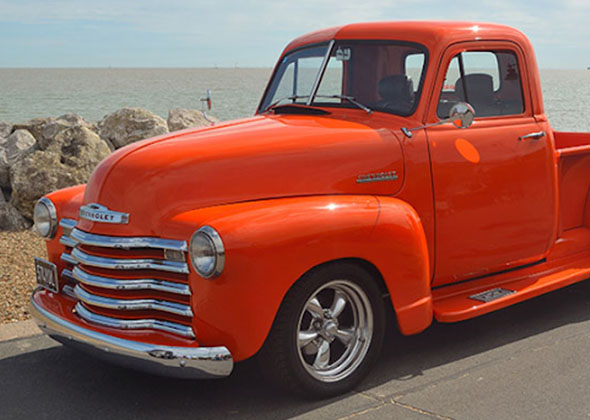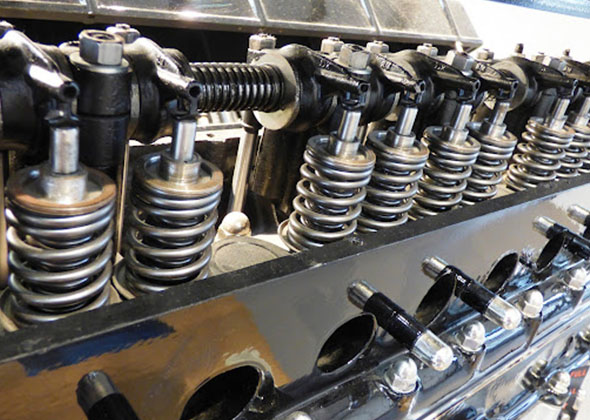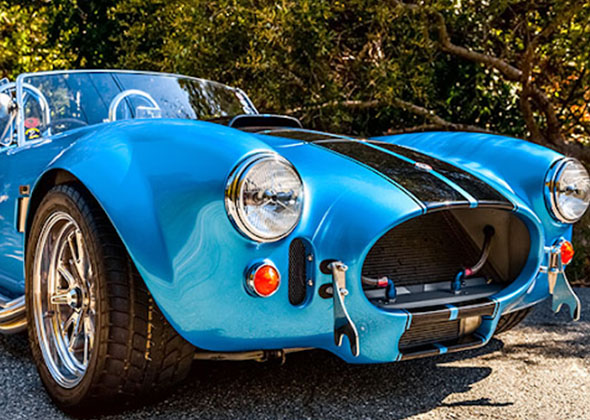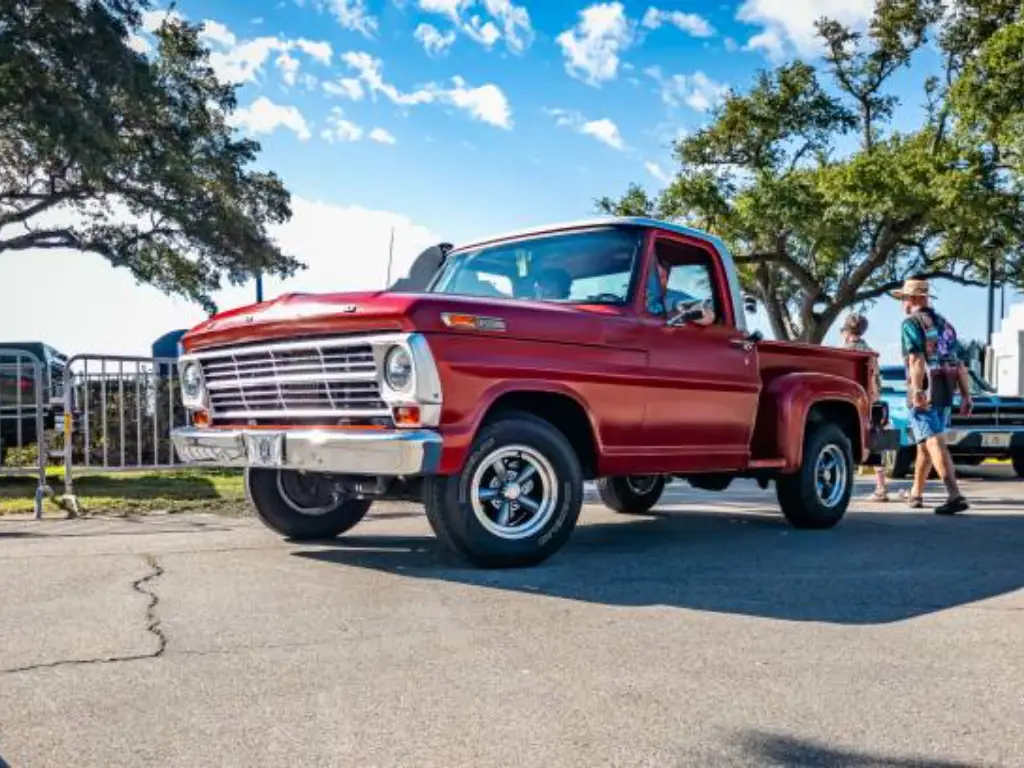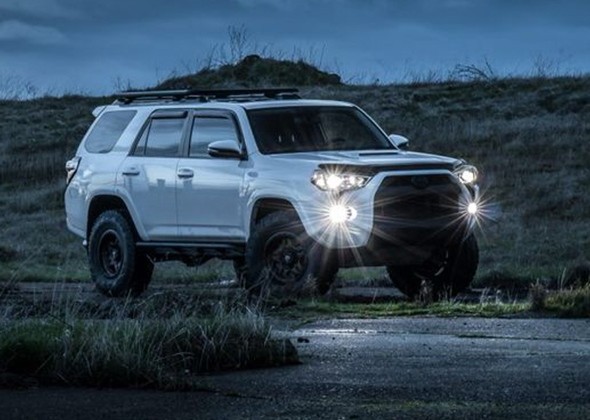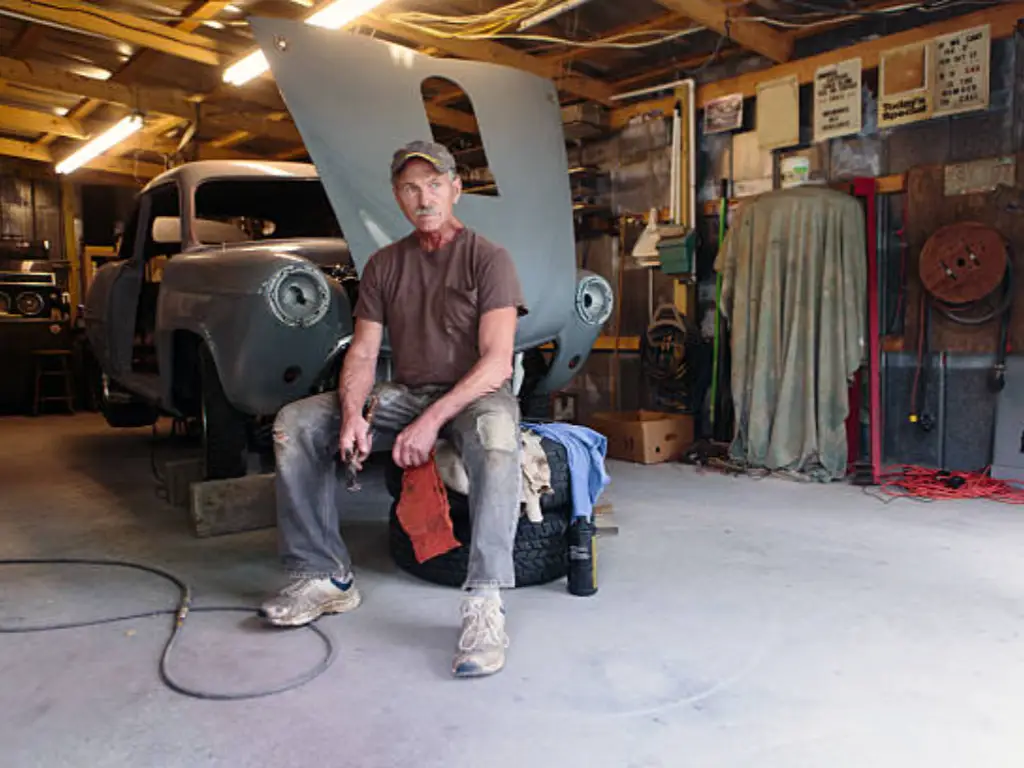
Introduction
The smell of metal, the shine of polished chrome, the fulfillment of a knowing that you are restoring a piece of old automotive history–this is the driving force behind the dream of owning a car restoration business. However, it takes more than knowledge in the operation of a wrench to make a successful business of the passion. It requires careful planning, a solid business plan, intense knowledge about the market, and a strategic approach to each aspect of the business. The blueprint is this guide. We will take you through each of the necessary steps, from pre-concept to last polish, in order to make you develop a company as classic, as indestructible as the classics you want to renovate.
Travelling down this path will be a foray into a market of nostalgia, precision, and artistry. The target market of automotive restoration, particularly for old cars, across the world is a blooming and strong business bearing an annual value of more than 35 billion, and is expected to grow further. It is not only a matter of auto repair, of course, but of legacy preservation. First, I think it is important to get to know the peculiarities of the landscape you are going to enter before getting into the business mechanics.
Classic vs. Modern Car Restoration: Key Differences
While both fall under “auto repair,” restoring a 1965 Ford Mustang and repairing a 2022 model are worlds apart. Recognizing these distinctions is fundamental to your business model, from the tools you buy to the technicians you hire.
| Aspect | Classic Car Restoration | Modern Car Repair |
| Diagnostics | Relies on mechanical knowledge, experience, and sensory feedback (sound, feel, sight). | Heavily dependent on OBD-II scanners, computer diagnostics, and software. |
| Parts Sourcing | A major challenge. Involves searching for New Old Stock (NOS), quality reproductions, or custom fabricating parts. | Standardized parts are readily available through OEM and aftermarket suppliers. |
| Skillset | Requires metal fabrication, coachbuilding, specialized welding, and knowledge of carburetion and analog systems. | Focuses on electronics, component replacement, and software updates. |
| Project Timeline | Long-term projects, often spanning months or even years. | Short-term jobs, typically completed within hours or days. |
| Value Proposition | Enhancing or restoring historical, aesthetic, and investment value. | Restoring functionality and safety to a daily-use vehicle. |
Understanding these differences underscores a core truth: a classic restoration business isn’t just a garage, it’s a specialized workshop where craftsmanship reigns supreme.
Step 1: Laying the Foundation: Your Business Plan and Niche
All business successes begin with a strategy. A detailed business plan is what will be called your road map, which is required in order to attract capital and follow through with reasoning. It must contain your mission, analysis of the market, financial plans, and operational strategy. One of the most important elements of such a plan is to realize where you will occupy a niche in the market. This can at times demand good market research and planning in the classic car restoration business to make your services shine.
Finding Your Niche: From American Muscle to European Classics
The usual trap is to want to be everything to everyone. Specialization increases your reputation, makes your parts inventory simpler to handle, and provides specialized expertise for your team. Think about a niche that you are passionate about and the need in the market. Do you live in a locality that supports the cult of American muscle cars such as Pontiacs and Chevrolets? Or what about a non-existent market of refurbishing classic Volkswagen Beetles or sleek European sports cars? Conduct an introductory research on the local car clubs and attend the local Cars and Coffee gatherings to ascertain taste levels.
With a developed niche, you can be considered an expert in the eyes of the customers and obtain loyal customers who would be willing to pay a premium price based on your niche expertise. Specifically, by placing your workshop in a position to offer quality restoration services and custom work, you will be able to stand out, at least in the United States market, where the market is both competitive and opportunity-loaded.
Step 2: Navigating the Legal Maze: Licenses, Permits, and Insurance
Now that you have your plan to work on, the next thing is to set up a legal business entity. It is generally advised that you start an LLC (Limited Liability Company) since starting a business in this form protects your personal assets in case of business debts. You will have to file your business name, acquire a federal Employer Identification Number (EIN), and acquire the requisite state and local business licenses and permits. This covers a general business license, which is required in many jurisdictions.
As mentioned above, you should have a solid insurance policy. It is more than standard business insurance. You should have:
- Garage Keepers Insurance: This is without negotiating. It pays for damage to a customer’s vehicle in your care, custody, and control.
- General Liability Insurance: Covers you against bodily injury or property damage claims.
- Workers’ Compensation: Mandatory by law in the presence of any employee, medical, and lost wages due to work-related injuries.
Make a legal consultation with an attorney and an insurance agent focusing on the automotive business to make sure that you are largely on schedule and insured.
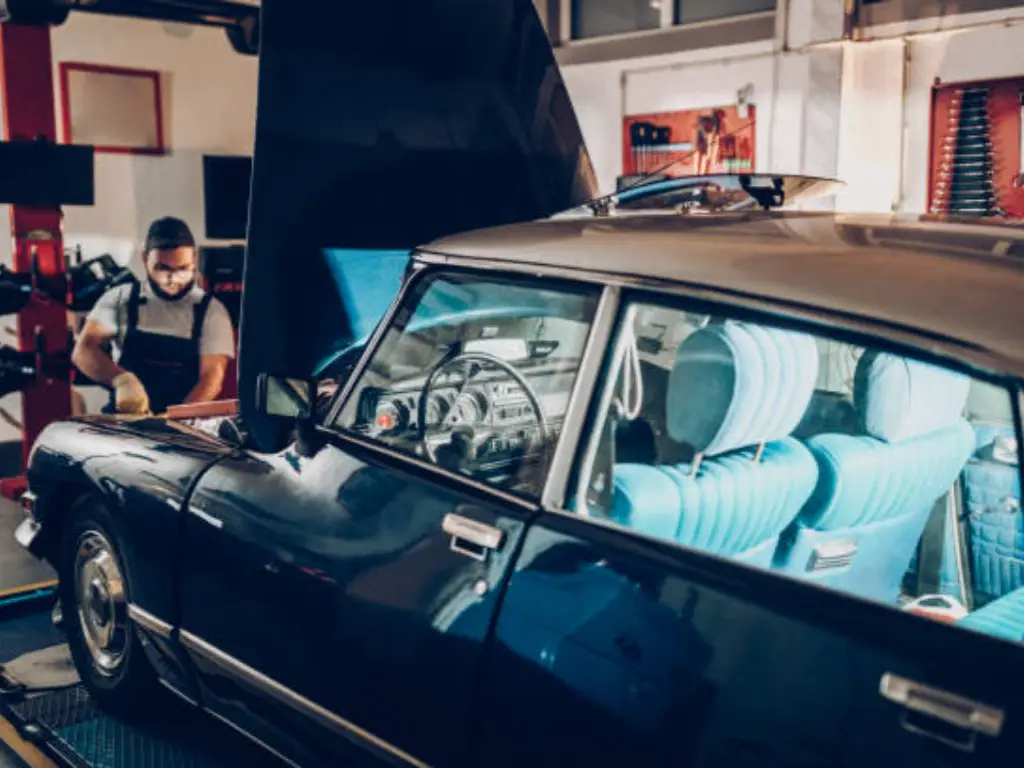
Step 3: The Financial Blueprint: Funding Your Dream and Managing Costs
The cost of setting up a car restoration shop is high. The start-up investment will be anywhere between 50K and above 200K, depending upon your local area and your plant size. The important expenses are:
- Workshop Rent/Deposit: Depends a lot on location.
- Tools and Equipment: Extensive start-up costs($30,000 – $100,000+).
- Licenses and insurance: Expect to pay several thousand dollars ahead of time.
- Initial Parts inventory: a raw inventory of routine supplies.
- Working Capital: Capital needed to pay the operating costs within 6-12 months.
You might consider Small Business Administration (SBA) loans, though the terms tend to be good, bank loans that are more traditional, or finding an investor passionate about your business as much as you are about the classic car restoration business. The most compelling weapon you have to prove to the lenders that your business is viable in your business plan will be a detailed and realistic financial projection.
Step 4: Building Your Workshop: Location, Layout, and Essential Tools
Your business is centered in your workshop. Seek out a storefront that has the space (minimum 2,500-5,000 sq. ft.), ventilation, enough power capacity, and is zoned to allow automotive work. The neighborhood that you select is important in securing customers, especially when you are close to an area where the community has an interest in vintage cars.
Efficiency and safety should be laid out. Establish separate areas for various phases of recovery:
- Disassembly and Teardown Bay: The place where the initial work starts with disassembly and Teardown.
- Metal Fabrication and Bodywork Area: Comprises welding, Panel beating, and rust repair.
- Paint and Prep Booth: This cavity is a sealed and well-ventilated room that is essential to finely finished vintage vehicles.
- Build and Final Area: Clean working area where assembly is done and final treatment given.
- Parts Storage Room: A well-organized area where it is possible to store some valuable parts.
Your list of tools and equipment will be large. Even though you can buy supplies as you get them, there are basic tools, the quality of which you should not compromise.
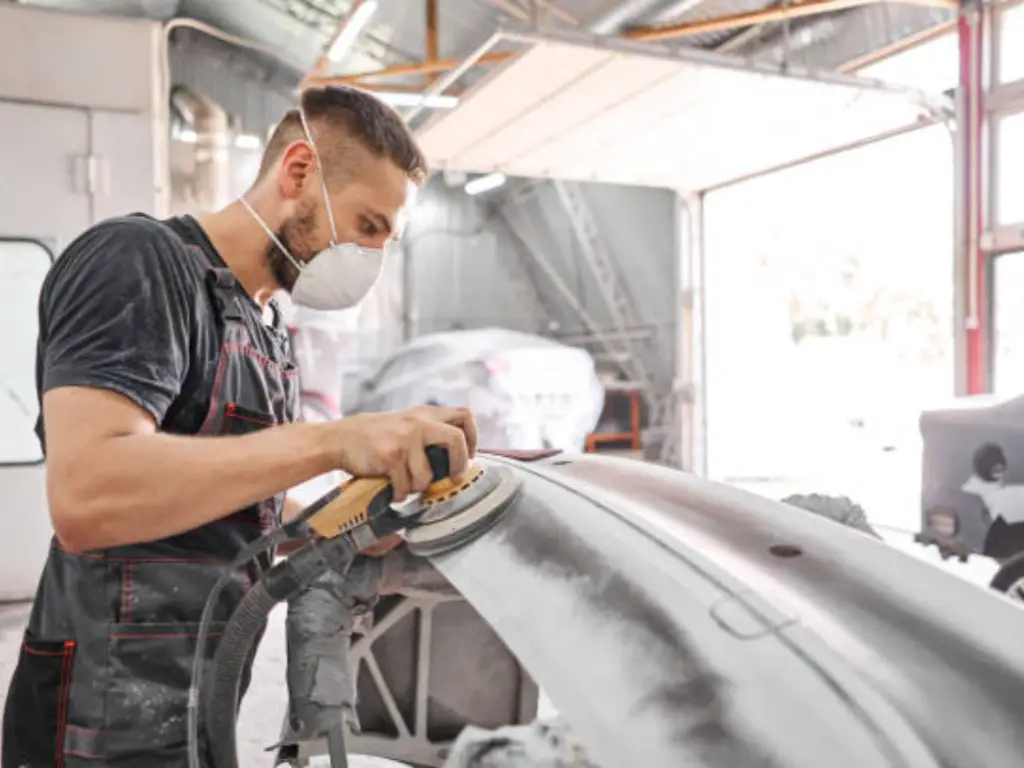
Step 5: The Heart of the Operation: Mastering Your Supply Chain
When it comes to classic car restoration, the overall success is largely based on how well you can find the proper parts. A project may even be held up for weeks or months awaiting the delivery of one hard-to-find part. Being in control of your supply chain is an operational requirement and, at the same time, a key competitive weapon.
Sourcing Quality Parts and Materials
The components that you require are no longer manufactured. This puts you in the complex terrain of suppliers, manufacturers, and, without mentioning, the individual sellers, where various parts are in various categories. Both have advantages and disadvantages, which play an important role in estimating jobs correctly and dealing with project schedules. It will deal mainly with:
- New Old Stock (NOS): This is a phrase used in reference to the original equipment manufacturer (OEM) that was manufactured decades ago but never mounted on a vehicle or sold. Purists make them the holy grail as they give the right fit in terms of authenticity and fit. Nevertheless, NOS components tend to be of exceedingly low availability, high cost, and most of the non-metal components (such as rubber seals or wiring) can become brittle and may deteriorate over decades of shelf life.
- Aftermarket Reproductions: Are parts newly made by a different company than the original automaker? There is a huge spectrum of quality of aftermarket parts. The replication can be a great economic alternative that perfectly fits, whereas a sub-par part may cost you days in the shop to modify, in the end, eating more into labor costs. Such inconsistency is the reason why it is important to have a trusted source of quality reproductions.
- Used Parts: These are used parts found in the salvage yards, online marketplaces, or on donor cars and are original parts. This is sometimes the only means of obtaining some rare body work parts, trim parts, or complicated assemblies. The problem with used parts is that they nearly always need considerable reconditioning to be used again-media blasting, body repair, rebuilding, or chroming over, and this cost will have to be included in the labor hours and cost of the project.
It is critical to have a diversified base of suppliers in each of these categories, and dozens of suppliers specializing in different vehicle makes and times can easily create their own logistical morass that eats up your precious billable time.
Why Your Parts Supplier is Your Most Valuable Partner
This is the point, when selecting an appropriate primary supplier is not a mere transaction, but a strategic alliance. An expert supplier is not an ordinary vendor; he is part of your workshop and a business partner who wants your business to succeed.
Think of what a supplier of classic auto parts, such as Sunway Autoparts, can offer. They specialize in classic vehicle needs since 2007 and ship large selections of car, motorcycle, and truck parts manufactured between the mid-1920s and the late 1990s, including Pontiac, Ford, and Volkswagen.
This specialization adds real value to your shop’s bottom line:
- Extremely Shortened Working Hours: Time wasted on the job is the archenemy of profitability. The part that does not fit, your well-paid technician’s hours are spent grinding, drilling, and jackhammering it into fit. Sunway employs accurate production and skilled chrome plating to make sure the parts can fit in the right place during the first try. Waiting time on the lift is minimised, and the overall project has a quicker turnaround, so you can progress to the next paid job.
- An aptitude to say Yes to complicated chores: What do you do when a component does not exist? That is a missed opportunity for several shops. A real manufacturing partner, such as Sunway, can fabricate rare parts in custom form using a sample or drawing. This allows your shop to accept unusual and lucrative restoration work that your competitors are compelled to decline, leaving no doubt of your reputation as the respected top-quality problem-solver.
- Streamlined Analog, Reliable Sourcing: You no longer have to hunt down ten suppliers to fulfill a single project; instead, you use a single reliable supplier. It is an experience that Sunway has in dealing with a complicated supply chain network, which has almost 200 suppliers, and hence, they do the hard work of supply and quality control on your behalf. The mission is not ambiguous at all: provide the best products, in the minimal time possible, at the least expense. Such reliability will enable you to quote projects and ensure that your clients are happy with what to expect due to predictable timelines.
Your parts supplier is not really an invoice number. They form a pillar to your profitability, effectiveness, and name.
Step 6: Assembling Your Dream Team: Hiring Skilled Technicians
The hands that work your business are only as good as your business. It is difficult to find technicians who possess the proper old-school skills metal shaping, carburetion, and custom wiring. Seek those who are artists, not merely mechanics. They must possess a portfolio of pre-existing projects and be able to demonstrate enthusiasm in the trade.
Visit local vocational schools, post on forums specific to your unique specialty, and head to car shows to network. Expert knowledge about the classic car industry and restoration skills in car restoration services are essential requirements for this position. Provide a good working environment and pay a competitive salary to attract and retain this talent that is rare.
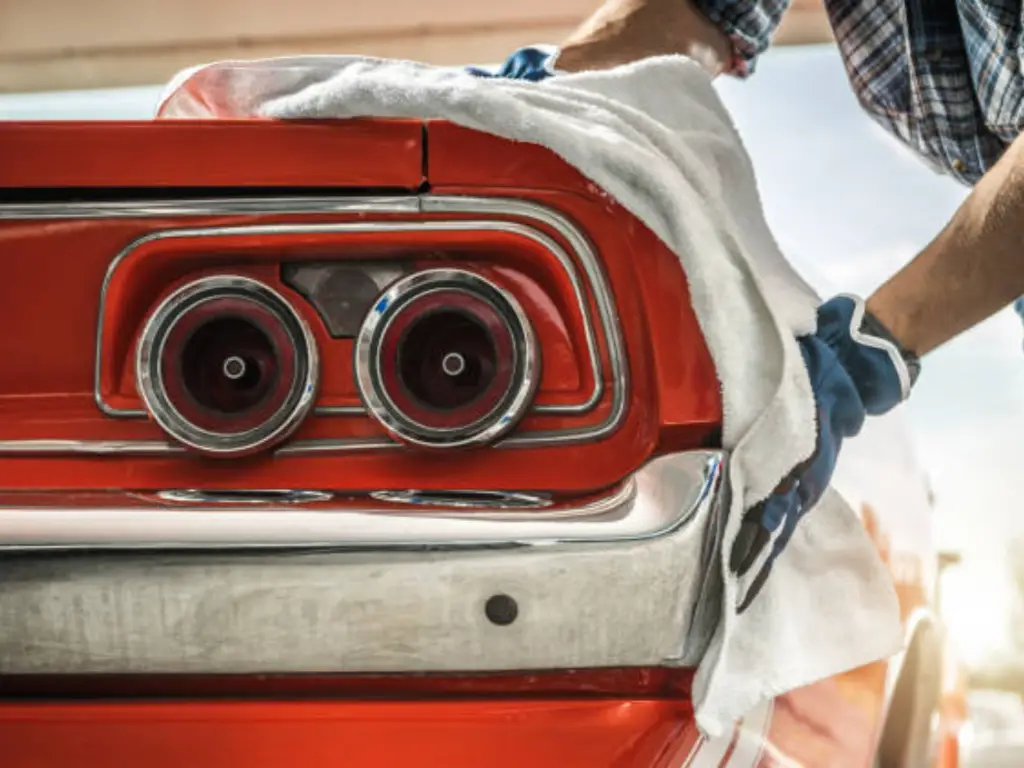
Step 7: Marketing Your Craft: Finding Your First Customers
You may be the finest restoration shop on Earth, but unless people know you are there, you won’t have any cars to restore. There is a need to have a multi-pronged marketing strategy.
- Professional Website: This is a commercial space you occupy on the internet. It should have a set of good-quality photos and video displays of your work. Before and after shots are very potent.
- Social Media: Social Media, such as Instagram or YouTube, can be the ideal medium to provide a visual experience of the restoration process. A step-by-step video of a body-off restoration or a post-comprehensive process of a complicated metal work may develop a solid following and create credibility.
- Local Networking: Some of your best clients will be other like-minded people. Attend local classics clubs, sponsor car meetings, and be a familiar, welcoming presence at an automobile show. In this industry word of word-of-mouth referrals are pure gold.
Step 8: Setting Your Prices: How to Quote Jobs for Profitability
The most challenging factor of a restoration business is pricing. Each project is individual, and unexpected challenges are usual. One can distinguish two main versions:
- Flat-Rate: You offer a fixed price for the whole job. Clients prefer this, but it poses a big risk to you. It must be reserved as a tool to accomplish smaller tasks that have clear definitions.
- Time and materials (hourly): You charge the customer on an hourly basis with the markup of any parts used. Such is the least controversial and most common wide-scale restoration model.
The trick is communication. Give comprehensive and line estimates. Take photos of all the documents and be in constant contact with the client, since it is possible to find some unexpected rust or damage as well. It generates confidence and avoids conflicts in the future. An average shop rate for the quality restoration work is 75-150+ should be done as it is based on your location and reputation.
Conclusion
It is a long-term process to develop a car restoration business. It is a complex work of artistry, technical skill, and keen business sense. With the strategies developed to establish an effective plan, establish your own niche, overcome the legal, financial challenges involved, and foster strong relations with the dealers by partnering with key suppliers such as Sunway Autoparts, you can do more than merely create a profitable business. You will have established a legacy—an institution that delivers quality work and excellent customer service with integrity, a place that maintains commitment to preserve automotive history that future generations shall practice. It is a long road, but to the real believers, the destination makes it worth all the effort.


